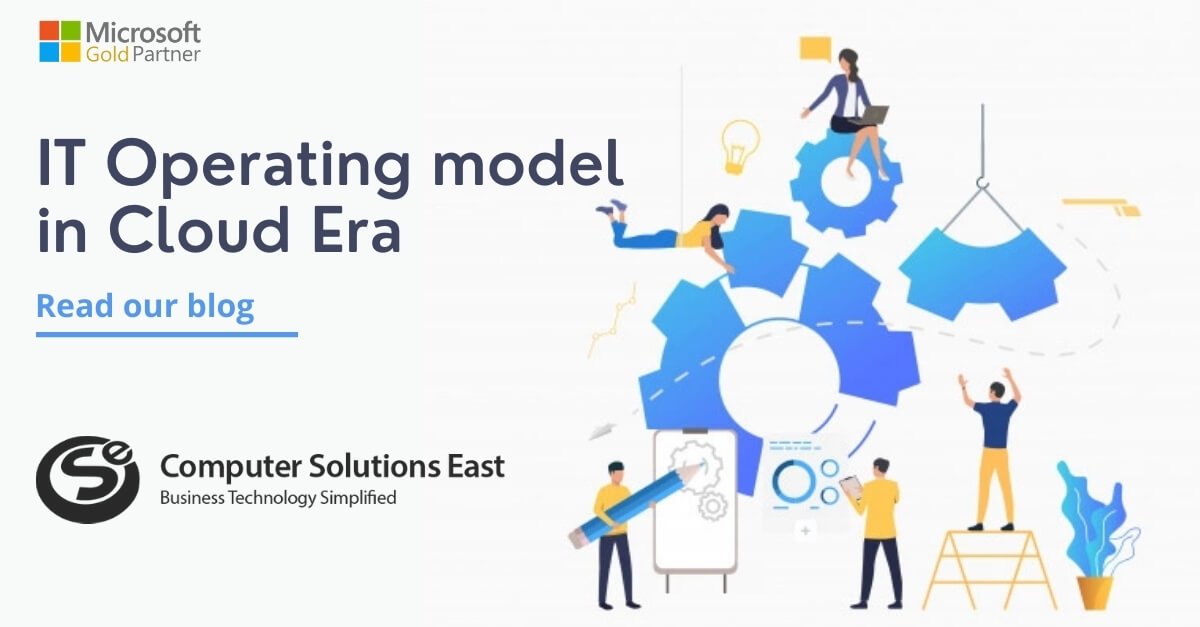So, Your Organization Doesn’t Need Digital Workflows?
The title here is a rhetorical question as those organizations without the workflows may have problems with expanding in the right direction. How long has your company existed? Ten years? Numerous decades? Perhaps over a century old? And how long have its practices and procedures been in existence? Alternatively, how effectively has it used technology to enhance its company processes and outcomes? Its customer-facing business activities and those of its numerous back-office business functions, such as human resources (HR), infrastructure, procurement, and finance, name a few.

The majority of people will react, “Wow, we have so much technology these days,” referring to the fact that each business role has its collection of systems and resources. Human resources have a human resource management system (HRMS) or human resource information system (HRIS). Finance is equipped with its enterprise resource planning (ERP) or accounting scheme (s). Additionally, the ERP system can be shared with other business functions as a part of managed digital transformation services such as human resources, procurement, business processes, or other business functions.
However, what about technological enablement through digital workflows that are hosted on a digital transformation platform? Enterprise service management evolution – let us not underestimate the importance of technology.
Although enterprise service management is described as applying IT service management (ITSM) capabilities to other business functions to enhance their operations and outcomes, there is frequently a reluctance to acknowledge technology’s critical role in accomplishing this.
True, a service-oriented mentality is needed. And, indeed, other business functions will “adopt and adapt” ITSM best practices. However, many of the advantages of enterprise service management (and ITSM) are restricted in the absence of a purpose-built ITSM tool that enables digital capabilities such as process automation and orchestration, self-service self-help, and innovation knowledge management.
Also, the data that fuels reporting and analytics are necessary for evaluating and enhancing organizational efficiency and service with managed digital transformation services and solutions that result in activity success and customer experience.
Possibly shifting away from analog, the same is true for digital transformation. As soon as we make fun of the use of “transformation by the technology,” it’s not about software at all. Person-change is a must.
That is an accurate assertion. But it would not be possible without managed digital transformation services that provide digital technologies and the data to make it happen. Applications are not limited to new and enhanced goods and services; they can also help with back-office performance. Of particular interest is this day is the idea that people who will be back-office staff are likely to work remotely or at a distance in the future.
The catalyst for digital transformation
Although the global pandemic of 2020 has undoubtedly triggered social and economic distress, it has also acted as a catalyst for many organizations’ much-needed digital transformation. Simultaneously, the shift to remote working has highlighted the various limitations of conventional back-office operations that rely on a combination of manual tasks, spreadsheets, email correspondence, and people’s willingness to communicate face to face. Does this sound familiar?
If you believe that your organization does not require digital workflows, you may want to reconsider your choice for managed digital transformation services.
Have your employees encountered difficulties working with the old job and limited technology capabilities? For instance, has collaboration and cooperation been challenging with remote employees? It has been challenging to gain insight into different work success variables, such as employee and team performance and efficiency, work delays and bottlenecks, service and support quality, and whether a business needs a digital transformation platform to achieve the results on time?
There is no question that conventional, conventional, manual processes have been inadequate to meet a dispersed company’s needs and the higher standards of consumers and employees for many companies.
What your organization needs to do
Already, many companies were involved in service management and back-office transformation because of the revolution in working ways, people who were floundering due to the changes needed to get creative.
To meet this requirement, managed digital transformation services can offer a digital workforce created and deployed in modern ITSM in no time. All across the company needs to become more creative and inventive, including IT that leverages digital business transformation services.

Hiring a designer will help build digital workflows to facilitate the business functions of your company. Most importantly, you don’t need coding or technological expertise to be able to use the software. With Workflow Designer, everyone can quickly develop, distribute, and fine-tune their digital processes and workflows. Imagine, for example, that your company is introducing a new or revised process through drag-and-and-drop, and-drop.
Additionally, it would help if you used managed digital transformation services for automation and service orchestration tools to further eliminate dependency on manual labor – enhancing job flow and employee experience with both process customers and the people they represent.
Reaping the benefits of digital workflows
On the one side, it’s simple to define the enterprise areas struggling to function using manual-intensive processes. On the other hand, managed digital transformation services providers need to emphasize the advantages of applying automated workflows to various business functions and their associated employees.
These benefits include:
- Reducing the organizational bottlenecks created by distance and the non-availability of specific staff without the digital business transformation services. It can easily divert the work o available replacement personnel when necessary.
- Increased speed of process execution and delivery of outcomes, especially when optimization and service songwriting is used.
- Improved consumer and employee interactions as a result of quicker and higher-quality process results.
- Cost savings and productivity improvements – resulting from more effective human resource management combined with automation in process service.
- More empowered and active company function workers – enabled by automated workflows. Additionally, it allows new employees to be more successful more quickly.
- Increased coordination within and across departments.
- Increased visibility into business function processes – from demand to organizational efficiency and opportunity recognition. Additionally, improved governance.
- The capacity to adjust processes rapidly in response to both internal and external influences. For instance, organizational reorganization or new legislation.
It’s important to understand that automated workflows aren’t restricted to simple business functions, though. Just as important, they also can be applied to various business functions. For example, digital workflows and service orchestration will ensure different business functions, including human resources (HR) and IT, are accessible from day one.


